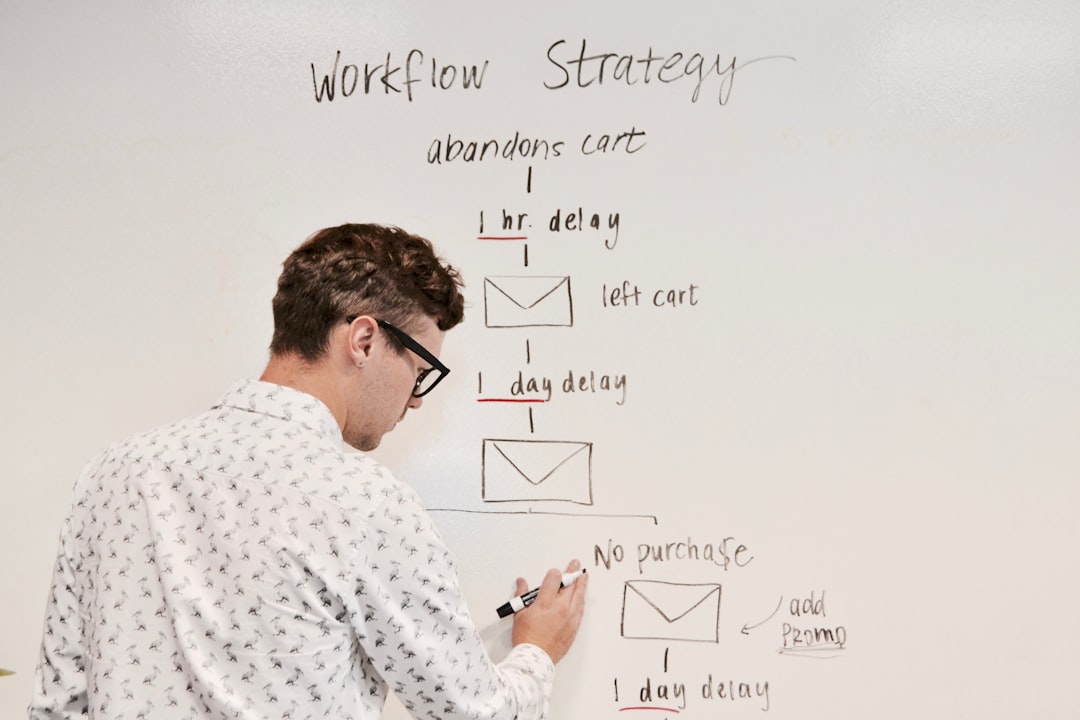As go-to-market (GTM) and Revenue Operations (RevOps) teams face increasing pressure in 2025 to deliver hyper-personalized growth at scale, Account-Based Marketing (ABM) platforms have become the backbone of many organizations’ strategies. Among the top contenders in this space are Clay and 6sense. Both platforms offer compelling value propositions, but their capabilities, integrations, user experience, and AI models vary. GTM and RevOps leaders must decide which platform gives them the edge in orchestrating effective campaigns, managing complex data, and aligning sales and marketing.
Here’s a deep dive into how Clay and 6sense compare—and ultimately, which one comes out on top for enterprise teams in 2025.
Table of Contents
Core Functionality
6sense has long dominated the ABM landscape with its predictive analytics, buyer intent data, and orchestration. Its B2B intelligence helps companies identify anonymous buyers, prioritize accounts, and deliver personalized experiences across platforms.
Clay, however, emerged as the agile newcomer focused on automating lead sourcing, enriching data, and triggering actions across thousands of tools. It leans heavily on integrations and low/no-code automation, giving smaller RevOps teams tactical control over their ABM activities—without relying solely on engineering resources.

Ease of Use
One of Clay’s distinct advantages is its intuitive interface. Built on spreadsheet-style flexibility, Clay allows GTM and RevOps teams to create workflows using drag-and-drop functions and AI-based enrichment templates. In contrast, 6sense’s interface offers a more traditional analytics dashboard feel, which, while powerful, can require onboarding and training for new users.
Verdict: Clay edges out 6sense for teams looking for speed, flexibility, and day-zero usability. However, 6sense might still be preferred in much larger organizations with dedicated analytics teams.
AI and Intent Data
6sense is known for its robust AI models, which parse vast troves of third-party data to reveal buyer intent. It provides deep funnel insights, allowing teams to engage target accounts before competitors. The data is powered by firmographics, behavioral tracking, website engagement, and predictive modeling.
While Clay doesn’t offer the same breadth of third-party intent data out-of-the-box, its composability with tools like Clearbit, Apollo, and integrations through Zapier or API, means users can construct AI-driven workflows tailored to their GTM strategy. Clay also excels in using AI (ChatGPT and other LLMs) for content personalization and data summarization tasks.

Verdict: For deep insight into account behavior, 6sense is superior. For process execution and custom automation via AI, Clay is the better choice.
Integrations and Ecosystem
6sense focuses on a tight-knit, enterprise-level MarTech stack. It has native integrations with Salesforce, Marketo, HubSpot, and Outreach. Its ecosystem is more closed but highly reliable for enterprises looking to eliminate friction across existing tools.
Clay thrives on its open, API-first design. With integrations that span thousands of apps and services—including CRMs, ERPs, enrichment databases, and messaging tools—it empowers RevOps teams to build highly tailored GTM workflows. This makes it ideal for growth-stage companies or even large organizations pursuing agile GTM experimentation.
Pricing and Scalability
Cost remains a major consideration. 6sense caters to mid-market and enterprise customers with licensing that can be prohibitive for smaller teams. Clay, with its usage-based pricing and flexible plans, is far more accessible for growing GTM teams and startups. Additionally, Clay’s scalability across both small and large businesses makes it a flexible choice long-term.
Final Verdict: Who Wins in 2025?
6sense continues to dominate enterprise ABM with its predictive AI, depth of intent data, and orchestration across buyer journeys. It’s a solid pick for complex GTM operations at scale, particularly for organizations with mature RevOps practices.
Clay wins for teams prioritizing execution speed, integration flexibility, and AI-enhanced workflow automation. In 2025, as GTM and RevOps become increasingly cross-functional and agile, Clay stands out as the platform that enables rapid innovation and automation—advantages that cannot be overlooked.
FAQ
-
Q: Is Clay suitable for enterprise organizations?
A: Yes, Clay is increasingly used by enterprise teams looking for customizable GTM workflows and better tooling agility. It scales well with data pipelines and API-first integrations. -
Q: Does 6sense offer better buyer intent data than Clay?
A: Generally, yes. 6sense provides deeper insights via third-party data and AI predictions, while Clay allows users to pull from external data providers but doesn’t rival 6sense’s native data intelligence. -
Q: Can Clay fully replace a traditional ABM tool?
A: It depends on your needs. Clay is a composable tool that can replace many ABM functionalities, especially if you’re focused on workflow automation, enrichment, and outreach orchestration. -
Q: Which tool is more beginner-friendly for RevOps teams?
A: Clay wins on UX. Its spreadsheet-inspired design and drag-and-drop workflows make it intuitive for teams to start building ABM strategies without deep technical skills. -
Q: Which platform offers better ROI for early-stage companies?
A: Clay’s flexible pricing and composability make it an excellent option for early-stage or high-growth companies not yet ready to commit to the heavy investment required for 6sense.




